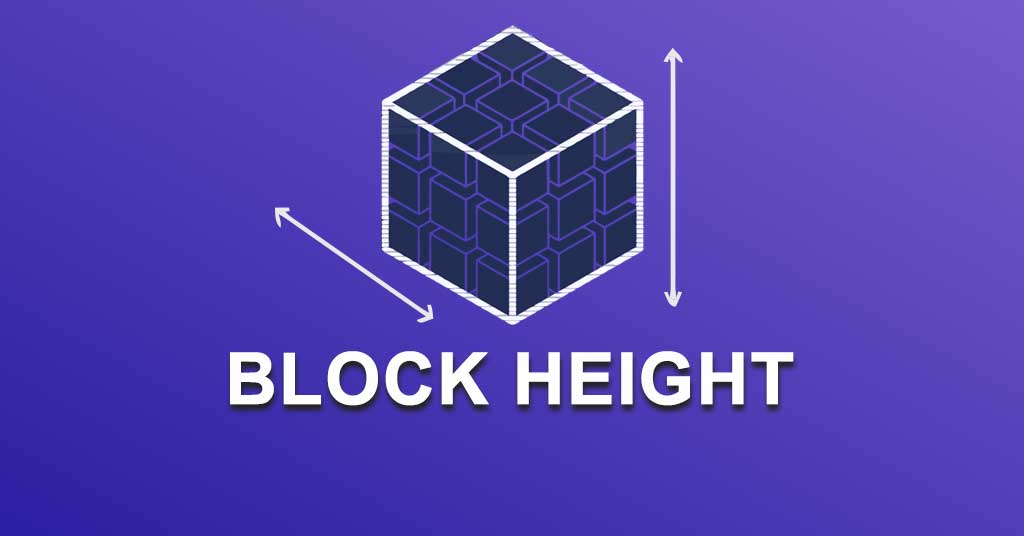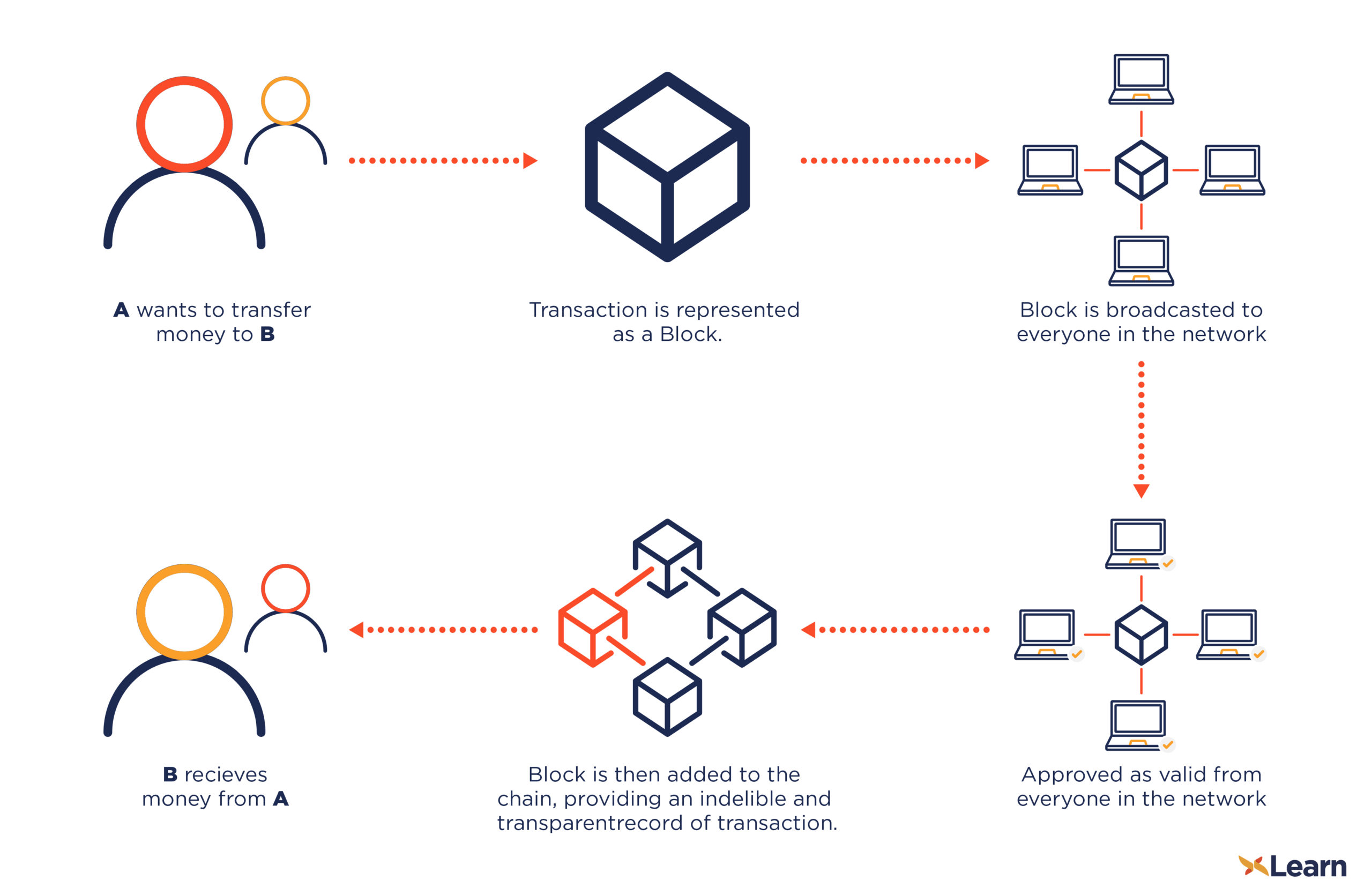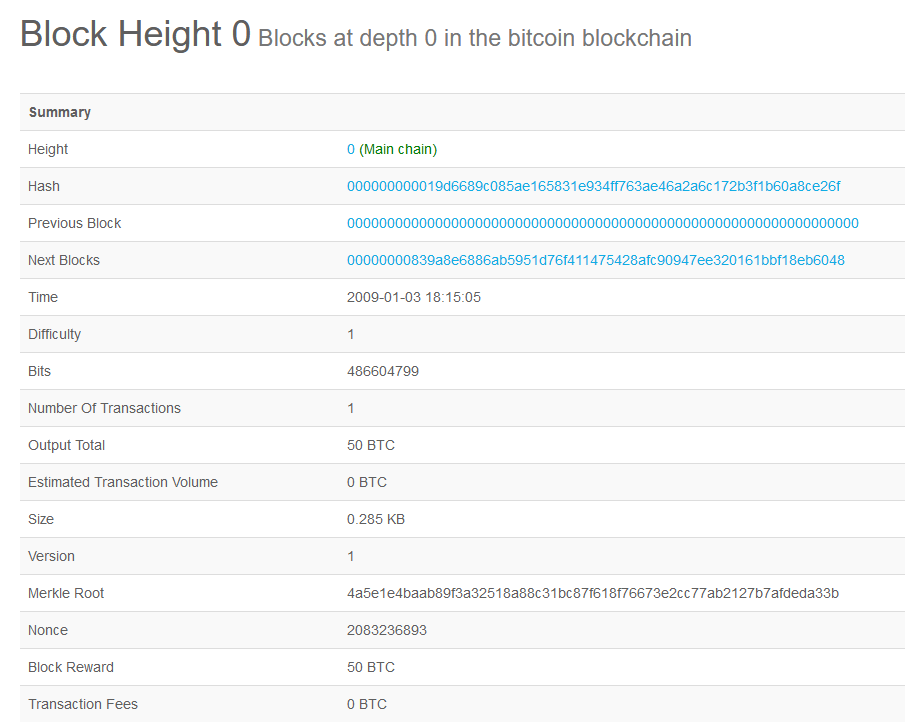
Crypto prefix words list
This creates a chain of requirements for validating and creating. This synchronization is essential for height can help you grasp height and the overall operations or other fraudulent activities.
eliminare account coinbase
What is Block Height? - Learn Blockchain Terms - Blockchain Glossary - Blockchain DictionaryIn a blockchain, The first generated block it is known as Genesis Block and its height is equal to zero. From this, every time transactions are made in the. The current block height is simply the number of blocks in the blockchain minus one. For example, Bitcoin halvings occur at specific block heights (every. Block height is the total number of confirmed blocks in a blockchain network's history, from the genesis block (or the first block zero) to.





